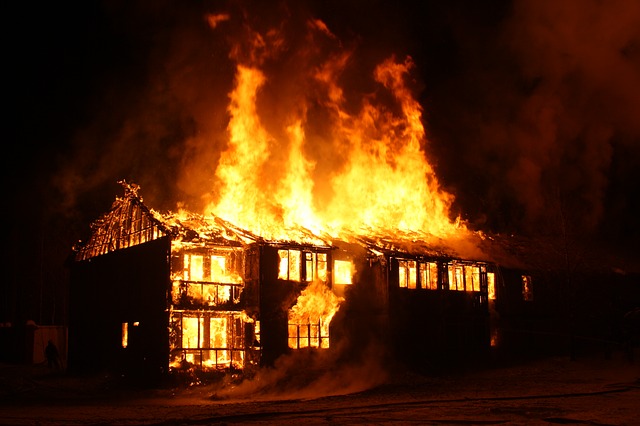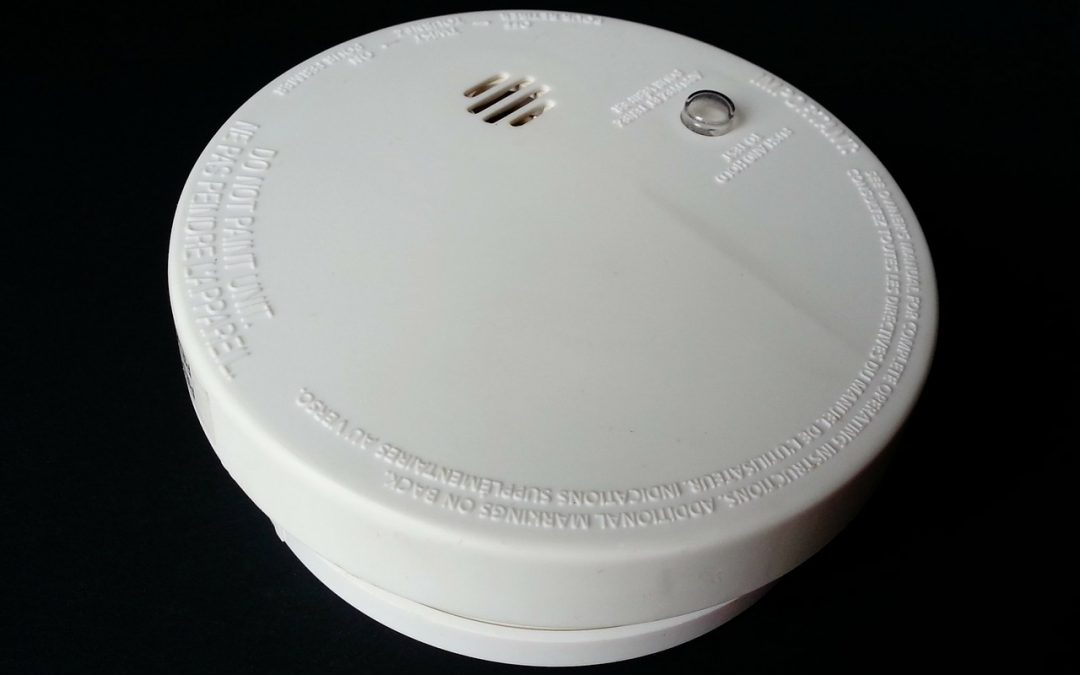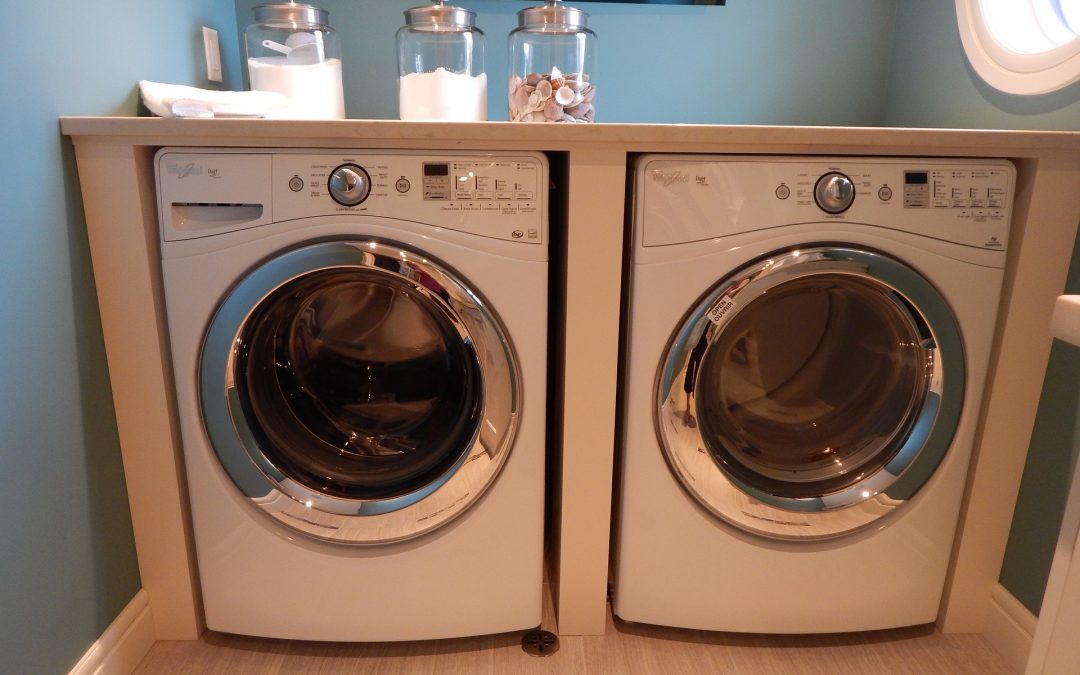


Carbon Monoxide (CO) Safety
Carbon monoxide (CO) is a colorless, odorless, poisonous gas that forms from incomplete combustion of fuels, such as natural or liquefied petroleum gas, oil, wood or coal. Facts and Figures Each year in the U.S., approximately 500 deaths are caused by non-fire-related...
Smoke Alarms for Home Safety
Smoke alarms, also known as smoke detectors, are devices that detect smoke and issue an audible and/or a visual signal to alert residents to a potential fire. Facts and Figures According to the Consumer Product Safety Commission: Although most newer homes have smoke...
House Numbers for Safety
House numbers serve a critical function for emergency personnel, so homeowners should make sure that they’re clearly displayed. House numbers should be clear enough so that police, the fire department, paramedics, etc., can quickly locate properties in an emergency....

Recent Comments